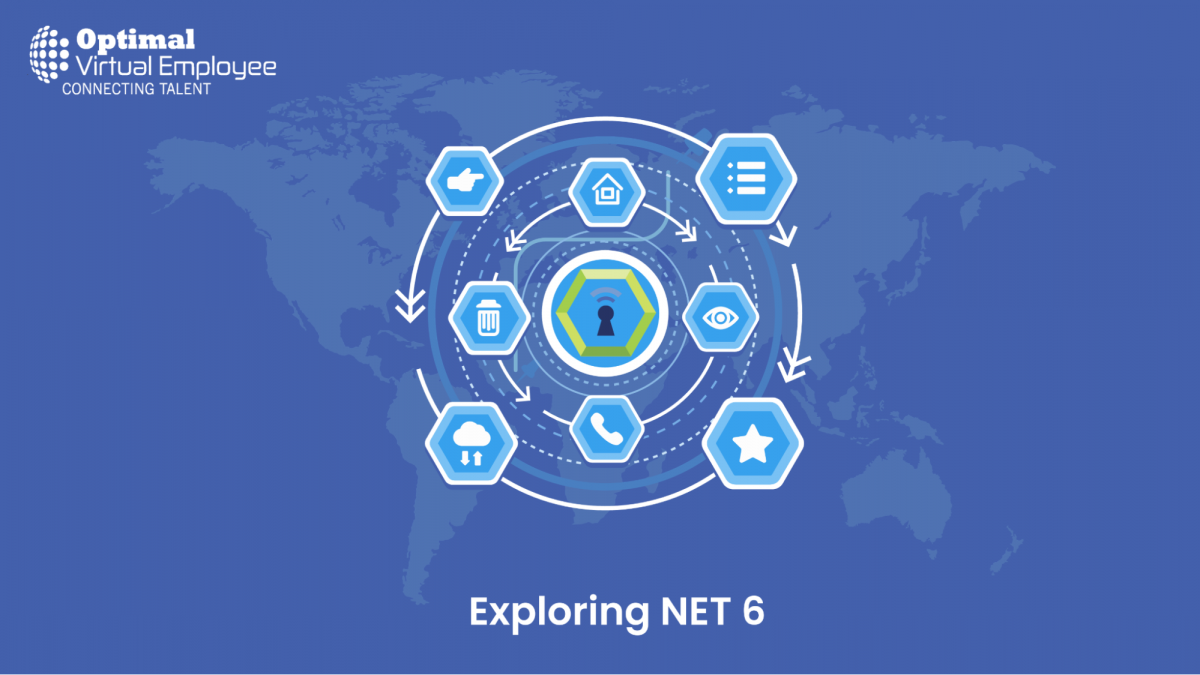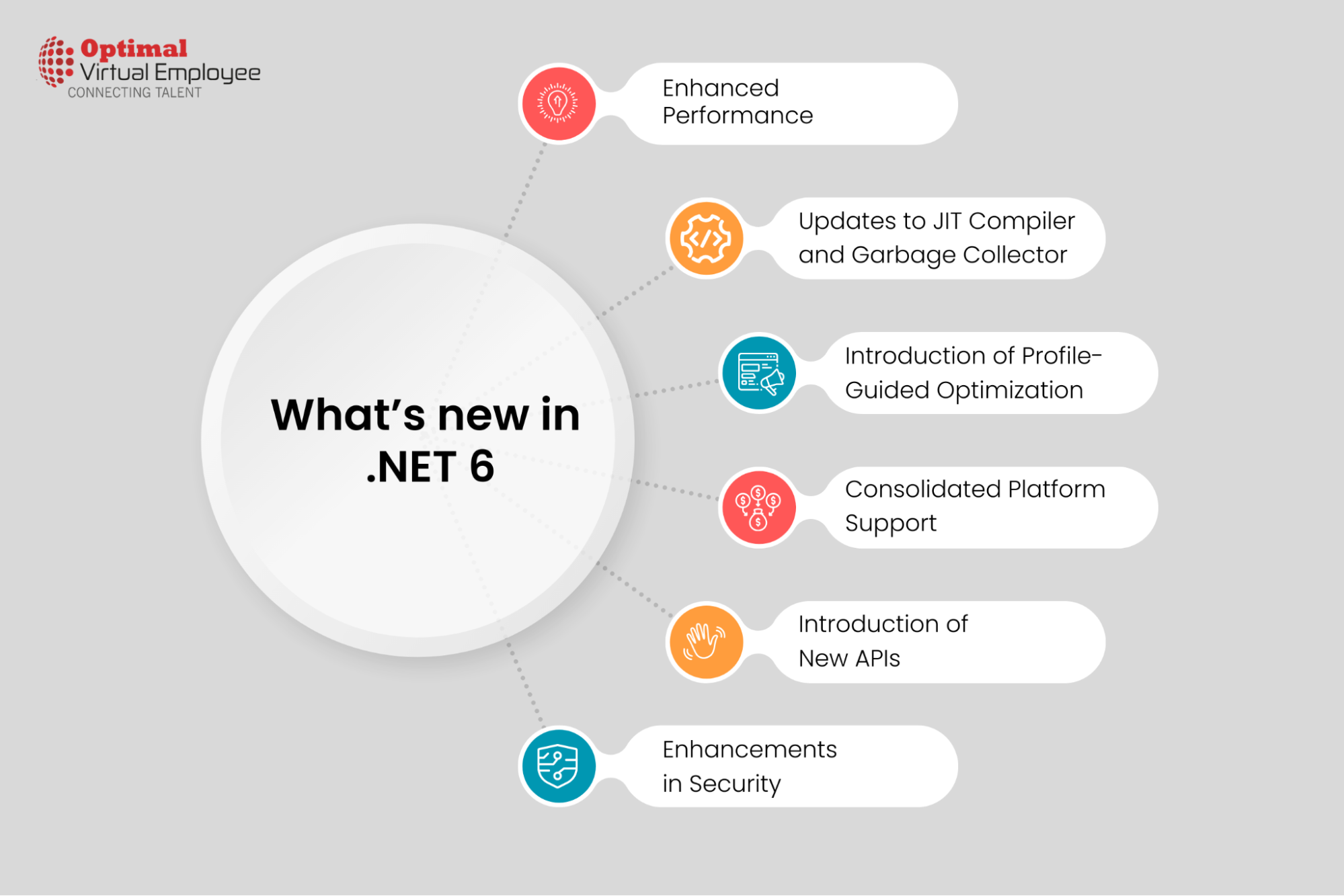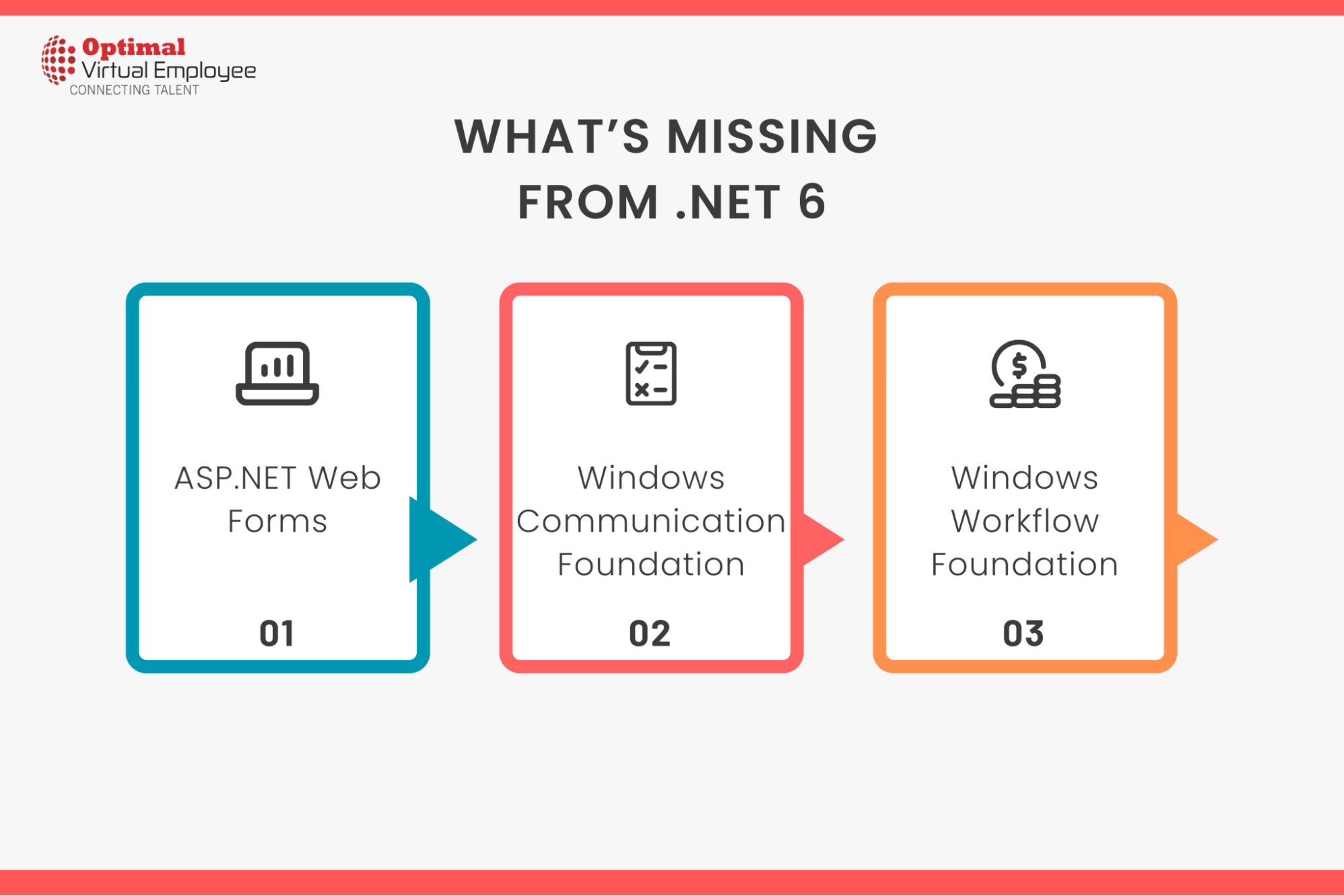.NET 6 represents the final stage of the .NET consolidation effort that began with .NET 5. This cross-platform framework integrates the capabilities of .NET Core, .NET Framework, and Xamarin/Mono into a unified .NET environment, standardizing the SDK and runtime across desktop, mobile, web, and cloud applications.
Released on November 9, 2021, .NET 6 was launched alongside C# 10 and Visual Studio 2022. Beyond enhancing the developer experience, .NET 6 also offers substantial performance improvements compared to its predecessors, making it the fastest .NET version to date. As a Long-Term Support (LTS) release, Microsoft will continue to support .NET 6 for a period of three years.
Before you can fully leverage the capabilities of .NET 6, it’s crucial to familiarize yourself with its new features. This article explores the innovations in .NET 6 and examines their implications for developers using C# 10. You can download .NET 6.0 for Windows, Linux, and macOS to get started.
Note that .NET 6 is supported in both Visual Studio 2022 and Visual Studio 2022 for Mac. However, .NET 6 is not compatible with Visual Studio 2019, Visual Studio for Mac 8, or MSBuild 16. You will need to upgrade to Visual Studio 2022 if you wish to use .NET 6. You can download Visual Studio 2022 here.
A unified and extended .NET platform
.NET 6 serves as an integrated platform that caters to a wide range of applications, including desktop, mobile, web, cloud, and IoT. This underlying framework simplifies the task of reusing code across different types of applications, ensuring consistent behavior whether the code is running on the cloud, a desktop, or a mobile device.
A key enhancement is the introduction of .NET Multi-platform App UI (.NET MAUI), which allows developers to create a unified client app experience across both desktop and mobile operating systems within a single project. .NET MAUI was officially launched in May.
It’s important to note that neither .NET 5 nor .NET 6 are intended to replace the traditional .NET Framework. Microsoft has confirmed that it will not be porting certain legacy technologies like Web Forms, Windows Communication Foundation (WCF), or Windows Workflow Foundation (WF) to .NET 5 or .NET 6. However, alternatives are available for these technologies:
– Web Forms can be substituted with ASP.NET Core Blazor or Razor Pages.
– Windows Communication Foundation (WCF) can be replaced by gRPC.
– Windows Workflow Foundation (WF) can be swapped out for the open-source CoreWF.
What’s new in .NET 6
Let’s explore the advancements and new features introduced in .NET 6.
Enhanced Performance
Significant performance gains, particularly in file input/output (I/O), have been achieved, leading to reductions in execution time, latency, and memory consumption. The FileStream class has undergone a redesign to better asynchronous file I/O operations. On Windows, the new implementation avoids the use of blocking APIs, resulting in a much faster experience.
Updates to JIT Compiler and Garbage Collector
The Just-In-Time (JIT) compiler has received updates, and the garbage collector has also been improved. System types like Guid and string have seen considerable enhancements as well.
Introduction of Profile-Guided Optimization
.NET 6 introduces Profile-Guided Optimization (PGO), a compiler optimization technique. This feature allows the JIT compiler to produce code that is fine-tuned based on the types and code paths most frequently used.
Consolidated Platform Support
The journey towards a unified platform for .NET applications commenced with .NET 5, aiming to create a cohesive development environment for apps that can function across any device and OS. Consequently, .NET 6 applications, whether they are for web browsers, desktops, the cloud, IoT, or mobile devices, all utilize the same .NET libraries.
Introduction of New APIs
Fresh APIs have been integrated, covering areas like HTTP/3, JSON, and mathematical functions among others.
Enhancements in Security
Notable strides have been made in the security domain, including the incorporation of the ChaCha20Poly1305 encryption algorithm, OpenSSL support, and advanced “defense in depth” runtime mitigations.
Upgrades to C# 10 and F# 6
Significant upgrades in C# 10 feature new lambda functionalities, record structs, and implicit use. F# 6 also received improvements, such as pipeline debugging and Task-based asynchronous programming.
Refinements in JSON APIs
The JSON APIs have been refined to offer expanded capabilities and superior performance. A new source generator has been added to System.Text.Json, eliminating the need for runtime reflection and code generation, and enabling the creation of suitable serialization code during the build process.
Enhanced Cloud Diagnostics
Cloud diagnostic capabilities have been augmented with the integration of OpenTelemetry and dotnet-monitor. These tools are now in production and are available through Azure App Service.
Code Quality Upgrades
New source generators and analyzers have been introduced, designed to assist you in crafting code that is more efficient, safer, and quicker to develop.
Hot Reload Feature
One of the most notable new additions in .NET 6 is Hot Reload. This allows you to make changes to the user interface while the application is running, without the need to restart it. Changes are immediately visible upon saving, significantly increasing developer productivity.
Introduction of DateOnly and TimeOnly Structs
A much-anticipated feature has been introduced: the DateOnly and TimeOnly structs. These allow you to assign values to an object representing just a date or just a time. The feature provides examples demonstrating the utility of DateOnly and TimeOnly structs.
var dateNow = new DateOnly(2021, 11, 17);
var newDate = dateNow.AddDays(7);
var timeNow = new TimeOnly(12, 0, 0);
var newTimeNow = timeNow.AddHours(5);
Async Streaming Capabilities
.NET 6 introduces support for asynchronous streaming through IAsyncEnumerable<T>, enabling you to stream data directly from the server without the need for buffering.
Setting the Target Framework to .NET 6
When initiating a new .NET 6 application in Visual Studio 2022, make sure that the target framework node is set to reference .NET 6. A standard .csproj file generated in .NET 6 would typically appear as follows:
<Project Sdk=”Microsoft.NET.Sdk”>
<PropertyGroup>
<OutputType>Exe</OutputType>
<TargetFramework>net6.0</TargetFramework>
<ImplicitUsings>enable</ImplicitUsings>
<Nullable>enable</Nullable>
</PropertyGroup>
</Project>
You can also specify a flavor of .NET 6 if you’re targeting a specific operating system:
– net6.0-android
– net6.0-ios
– net6.0-maccatalyst
– net6.0-tvos
– net6.0-windows
What’s missing from .NET 6?
It’s worth noting that certain technologies were phased out in .NET 5 and, as a result, are also absent from .NET 6. These include:
ASP.NET Web Forms: Support for the older ASP.NET Web Forms has been discontinued. Alternatives like Blazor, Angular, or React are recommended for use instead.
Windows Communication Foundation (WCF): Though Microsoft initially planned to reintegrate WCF into the .NET ecosystem, the company abandoned this idea after estimating that the process would take about three years. As a substitute, Microsoft suggests using gRPC, which is Google’s open-source RPC framework. (For more details, you can refer to my article here.)
Windows Workflow Foundation (WWF): WWF, a long-standing workflow framework, has also been removed from the .NET lineup.
Conclusion
With enhanced performance, a unified runtime, and an upgraded developer experience, .NET 6 stands as the most pivotal release in the .NET ecosystem since the launch of .NET 4. It is both the fastest and most efficient version of .NET to date, characterized by its reduced resource consumption and smaller footprint. Developer-friendly features like Hot Reload and numerous language improvements further add to its appeal.
Crucially, .NET 6 serves as a major advancement in simplifying the development of cross-platform applications. The framework enables the creation of native apps for various platforms such as Android, iOS, macOS, and Windows, eliminating the need to manage multiple codebases for different operating systems.
In essence, .NET 6 not only lays the groundwork for the future of all .NET platforms but also heralds a new age in developing high-performance, contemporary applications across multiple OS and architectures. With its unified framework, advanced language features, and enhanced developer tools, .NET 6 is poised to become the go-to development platform in the Microsoft ecosystem for the foreseeable future.











